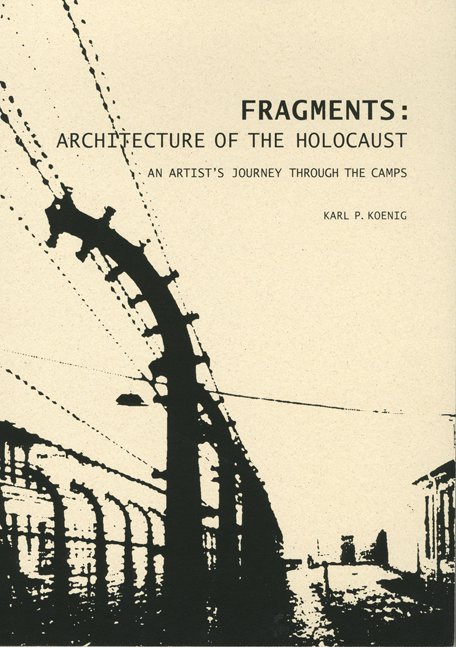“Fragments: Architecture of the Holocaust, An Artist’s Journey through the Camps”
Artist Karl Koenig applied his photographic eye and used the remarkable effects of his gumoil photographic printing techniques to explore the architectural remains of 10 Nazi concentration camps. His style and expressive printmaking method have allowed him to offer a unique interpretation of what these buildings may have been like for concentration camp prisoners.
Koenig discovered the polychromatic gumoil method in 1990. The actual photographs were taken over a 10-year period (1994-2004) of 10 different camps. Based on his book of the same title, the exhibition highlights one print from each camp: Mauthausen, Breendonck, Theresienstadt, Buchenwald, Dachau, Sachsenhausen, Vught, Auschwitz, Auschwitz II and Majdanek.
In discussing his work prior to his death in 2012, Koenig said, “I aim to lead viewers to look intensely at specific buildings or architectural details, horrible or ordinary as they may be, and find themselves transported inside them…. Once inside, however, the observer is inside the hell of the camps.”
Library hours are 10 a.m. to 5 p.m. Monday through Friday.
Koenig’s book, “Fragments: Architecture of the Holocaust. An artist’s Journey Through the Camps” is dedicated to Naomi Warren and Colonel William Salman. Koenig’s wife, Frances Salman Koenig, who holds a doctorate in philosophy, played a large part in the creation of the book and will attend the opening with other family members. Koenig’s book will be available for purchase during the exhibition.
For more information, call 713-942-8000 or e-mail exhibits@hmh.org.
